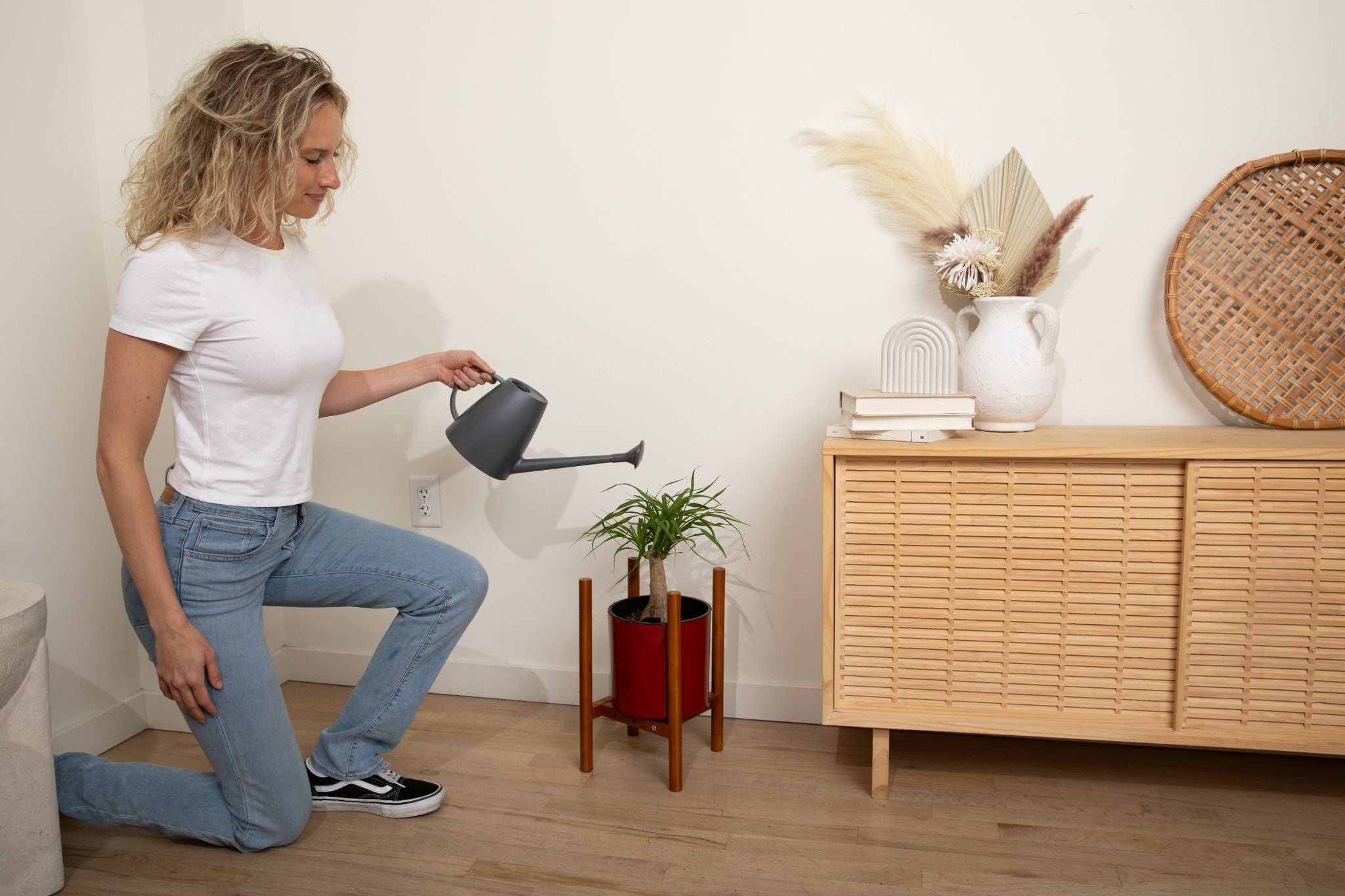African Violet Light Requirements
How much light does my African Violet need?
We often get asked questions regarding light requirements for African violets. Here are the answers to some of the most common questions we get regarding light and African Violets.
How much light does my African violet need?
African violets do best when they are growing in a spot that gets a lot of indirect sunlight. Getting a healthy dose of indirect sunlight is important for photosynthesis and the overall health of the African violet.
What is indirect sunlight?
Essentially, you don’t want your African violet to be directly under the sun’s rays. You want your African violet to get light indirectly, for example, in a bright windowsill.
Does my African violet still need light at night?
No, it’s important that your African violet receives anywhere from 8-9 hours minimum of time in the dark each day. So essentially, by around 10 o’clock at night, make sure your African violets are no longer receiving light. Darkness acts as a bloom cue for African violets, so it’s important to make sure our African violets are not constantly in the light.
One side of my African violet appears to be getting more sunlight than the other side, what should I do?
We recommend that you rotate your African violet every few weeks to ensure that it receives equal distribution of light.
Can I use a grow light with my African violet?

Absolutely! Just make sure that your grow light covers both the blue and red spectrum's. For best results, mount your light about a foot above Miniature African violets and about a foot and a half above standard African violets. Place your hand above the top of your plant between it and the light source. If the heat is uncomfortable on your hand, the light is too close to your plants and could burn them.
Are there any signs/symptoms that my African violet is not getting enough light?
Yellowing leaves are a telltale sign that your African violet is not receiving enough light. Another sign, usually accompanying the yellowing of leaves, is that your African violet will simply stop producing flowers. If one or both symptoms are occurring, consider moving your African violet into a brighter location.
What about the signs/symptoms that my African violet is getting too much light?
The presence of too much sunlight produces “sun spots” on your leaves and/or blooms. These spots are brown and should stand out when inspecting potential affected areas. Curling leaves are also something to watch out for. Leaf curling can also be a sign of mites, so be sure to check the underside of your leaves to rule out that possibility

